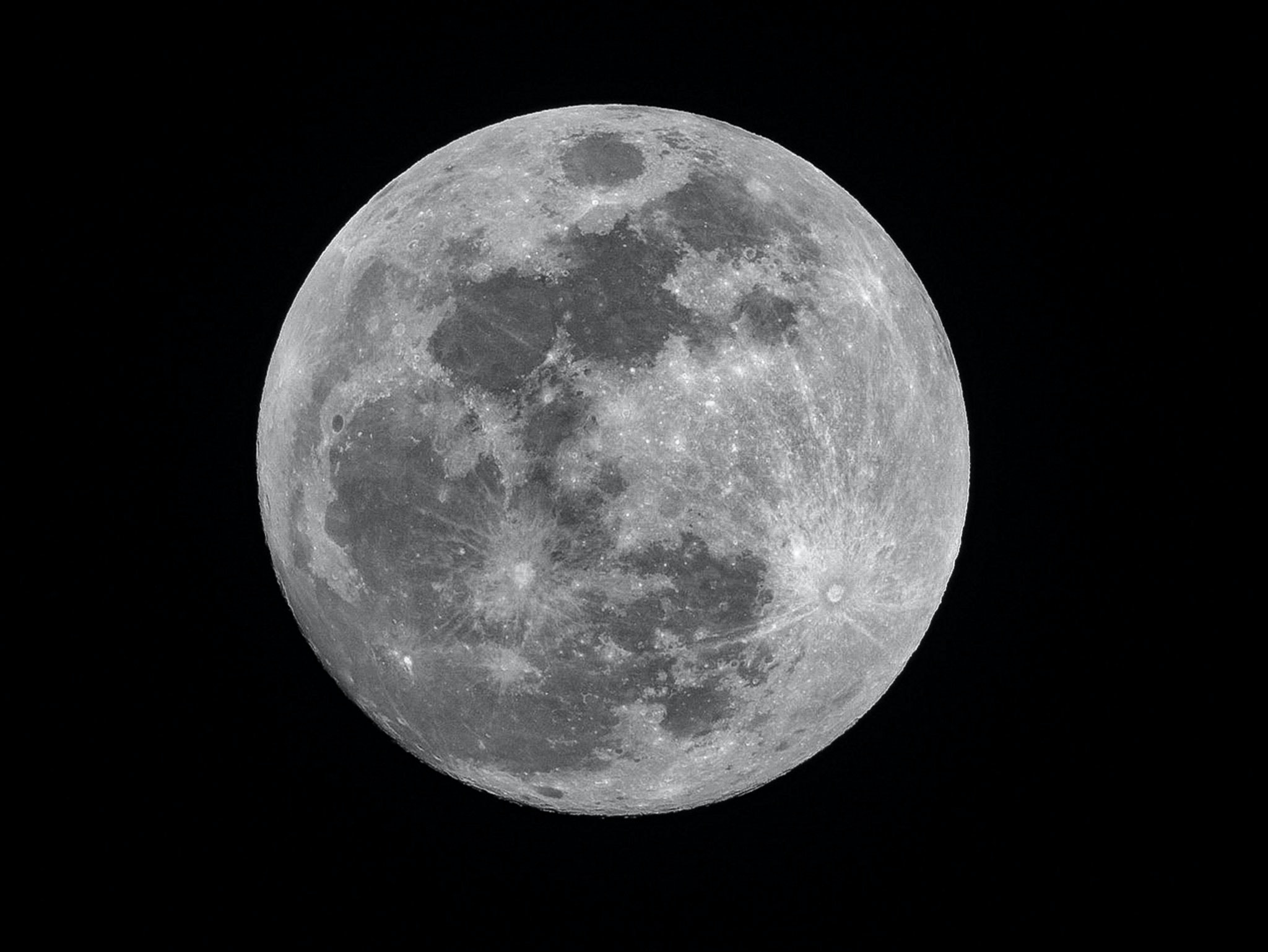Moon Mining: A Rising Prospect as Lunar Economy Takes Shape
The idea of utilizing Earth’s moon as a viable location for human exploration and habitation is gaining significant momentum. NASA’s Artemis Program is progressing steadily, and concurrently, various entities, including small and large companies, academic institutions, and international space agencies, are developing long-term plans for lunar ventures.
A notable event that showcased the growing interest in lunar resources and economic models was the twenty-third Space Resources Roundtable, recently held at the Colorado School of Mines. The gathering witnessed a record attendance of around 250 participants, who engaged in discussions about lunar economic models, in-laboratory tests’ results, and the legal and policy implications of lunar activities. Several entrepreneurial groups also presented their strategies to transform the moon into a bustling hub of marketable services.
At the heart of future lunar utilization lies the concept of in-situ resource utilization (ISRU). ISRU involves extracting oxygen, water, and other available materials to produce rocket fuel and support life-sustaining systems. Additionally, extracting metals from the lunar surface could facilitate the construction of lunar habitats, landing pads, and other essential structures and products.
Moon mining gains momentum as private companies plan for a lunar economy https://t.co/bTVyuRzLvk pic.twitter.com/Xwcns6Yfls
— SPACE.com (@SPACEdotcom) July 30, 2023
According to Angel Abbud-Madrid, the Center for Space Resources director at the Colorado School of Mines, these developments shift from mere speculative ideas to tangible possibilities. He emphasized the increasing international pressure to engage in lunar activities, which further propels the progress of lunar programs due to competition.
The private sector plays a crucial role in driving lunar exploration forward as well. NASA collaborates with U.S. groups through the Commercial Lunar Payload Services (CLPS) program, which aims to deliver scientific and technological payloads to the lunar landscape. By studying lunar regolith, the dusty surface layer composed of rock and rubble, through the CLPS missions, valuable insights can be gained into dealing with the lunar environment.
However, using terrestrial simulants to imitate lunar regolith has its limitations when it comes to comprehensive testing of off-world machinery. The moon’s unique conditions, such as electrostatic charges, radiation, dust, and a near-vacuum atmosphere, coupled with one-sixth gravity, present distinctive challenges that must be overcome for successful lunar operations.
As Abbud-Madrid suggests, direct interaction with the lunar environment will be key to accomplishing various tasks, including resource extraction, construction, and collection.
































